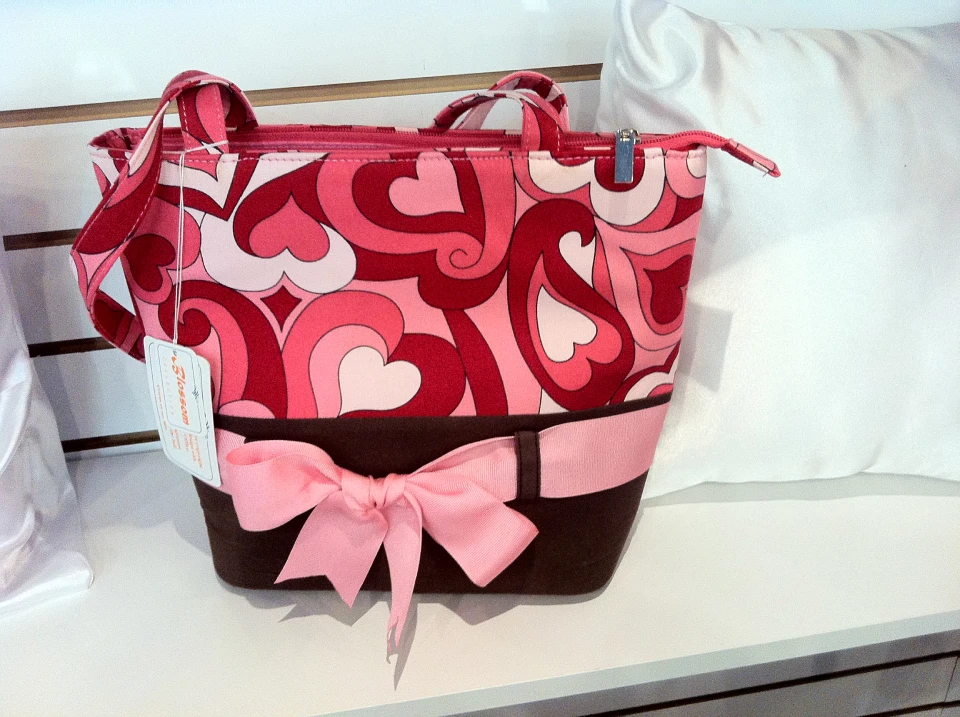Customized Mugs with Customized Embroidery Designs for an Unique Gift
Customized Mugs with Customized Embroidery Designs for an Unique Gift
Blog Article
The Art of Custom Embroidery: Unlocking the Keys to Creating Special and Remarkable Layouts
The keys to producing personalized needlework layouts that astound the eye and leave a long-term perception lie in a delicate equilibrium of method, creativity, and focus to information. As we delve right into the world of personalized needlework, we uncover the nuanced interaction in between string selection, sew complexity, and layout personalization that boosts a mere garment to a job of art.
Selecting the Right Embroidery Threads
When choosing needlework strings, what essential aspects should you consider to make certain the finest outcomes for your personalized designs? The selection of needlework string is crucial in figuring out the last end result of your stitched style. Among the key factors to consider is the material of the thread. Different products such as cotton, polyester, rayon, and silk supply varying levels of sheen, toughness, and structure. It is vital to pick a string product that enhances the fabric you are embroidering on and straightens with the desired look of the design.
Thicker strings can include dimension and appearance to your style, while finer threads are ideal for elaborate details and tiny text. Additionally, thinking about the shade fastness and washability of the string is vital to ensure that your personalized designs preserve their quality and vibrancy over time.
Exploring Various Stitch Techniques
To dig right into the realm of 'Discovering Different Stitch Techniques', one need to understand the intricacies and subtleties that each stitching technique brings to the art of needlework. Various stitch methods not just add visual passion but likewise contribute to the general appearance and measurement of the design. One prominent stitch strategy is the satin stitch, which involves closely stuffed parallel stitches to produce a smooth and glossy surface, suitable for filling in shapes and creating vibrant outlines.
On the other hand, the backstitch is a functional technique usually used for detailing and including great details. It entails sewing backward to create a solid line of embroidery. Furthermore, the French knot stitch adds a tactile component to layouts, ideal for developing distinctive accents like flower facilities or decorative touches.
Checking out various stitch strategies allows embroiderers to have fun with light, darkness, and deepness within their layouts, boosting the visual allure and artistic quality of their embroidery projects. By mastering numerous stitching methods, one can unlock unlimited possibilities for creating one-of-a-kind and unforgettable custom-made needlework items.
Incorporating Personalized Style Components
Having checked out the ins and outs of various stitch methods such as the satin stitch, backstitch, and French knot, the focus now moves in the direction of including personalized design components in custom-made needlework tasks. Individualized layout aspects play a critical duty in making embroidery jobs really special and memorable. One way to incorporate customization is by including initials, names, or substantial days to the layout. This not just adds a personalized touch but likewise enhances the nostalgic worth of the embroidery item.
One more method to incorporate individualized style elements is by consisting of icons or themes that hold unique definition to the recipient or mirror their interests and individuality. As an example, including a favorite blossom, pet, or hobby-related icon can make the embroidery style extra meaningful and personalized. In addition, choosing shades that resonate with the recipient or line up with the intended style can better enhance the personalization of the needlework task.
Mastering the Art of Color Sychronisation

One trick aspect of color sychronisation is comprehending color concept. This consists of knowing exactly how various colors interact with each other, the feelings they convey, and how they can be incorporated to produce visually attractive layouts. By using shade theory principles, embroiderers can create unified shade schemes that improve the total look of the layout.
Furthermore, focusing on comparison is critical in shade coordination. Making use of contrasting colors can assist certain elements of the design pop, improve legibility, and create a visually vibrant needlework item. By understanding the art of color sychronisation, embroiderers can raise their layouts and develop memorable pieces that reverberate with customers and visitors alike.
Enhancing Texture With Advanced Embroidery Stitches

French see this here knots, for example, are best for including tiny, elevated dots to your design, simulating the look of beads or producing a textured surface. Bullion knots, on the other hand, can be utilized to create twisted, ropelike elements that add a lavish feeling to the needlework. Seed sewing entails tiny, scattered stitches that can complete locations with a polychromatic appearance, while turkey job develops cosy, dimensional accents evocative pet hair or vegetation. Trying out these sophisticated embroidery stitches allows you to press the borders of conventional needlework and develop genuinely special and aesthetically attractive appearances in your designs.
Conclusion
Finally, the art of customized needlework includes a combination of selecting the right strings, checking out various stitch strategies, incorporating tailored style elements, understanding color coordination, and improving texture with sophisticated stitches. By comprehending and executing these crucial elements, embroiderers can create special and unforgettable designs that showcase their creative thinking and skill. Needlework enthusiasts can open the secrets to producing lovely and bespoke pieces that stand out and leave an enduring impression.
Report this page